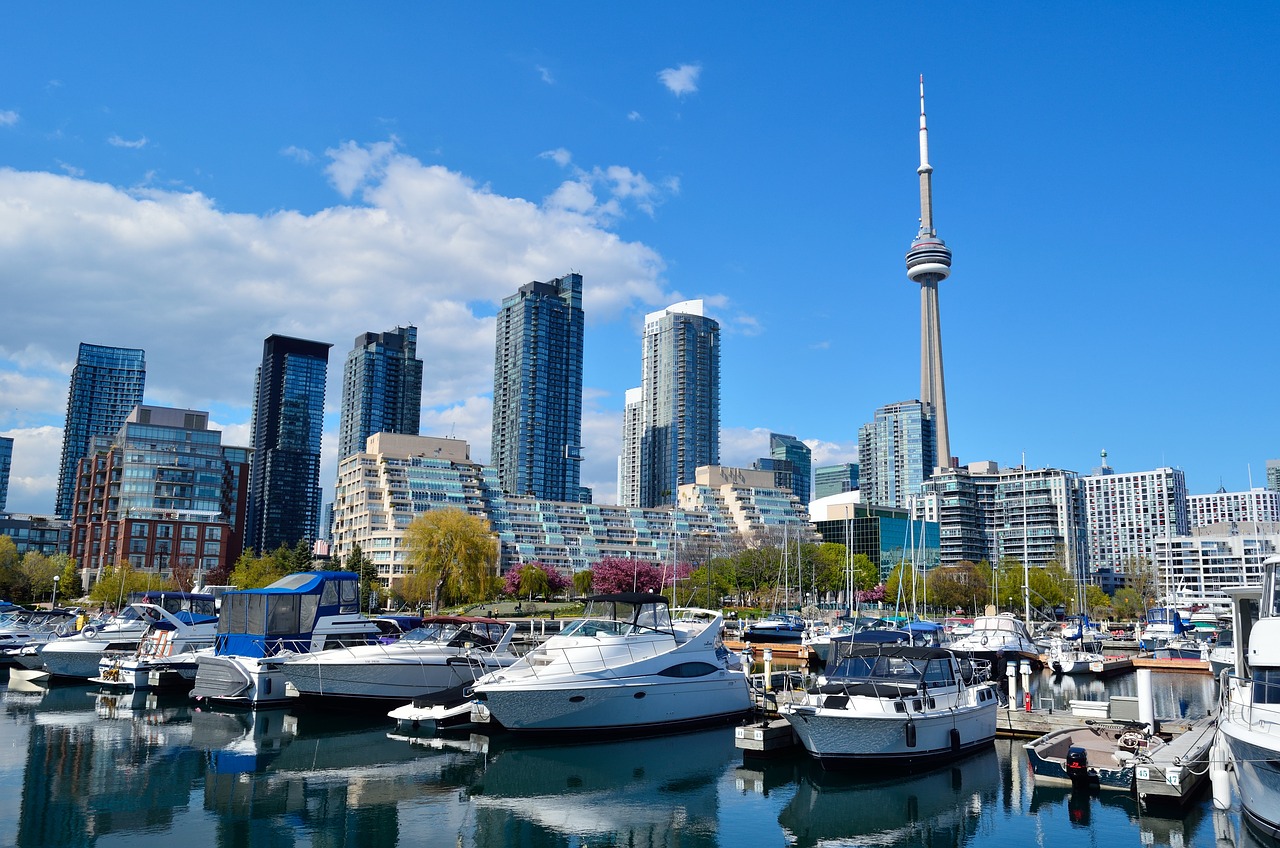Prior to European settlement, the land on which Hamilton stands was inhabited by the Neutral and Mississauga nations. Conceived by George Hamilton when he purchased the Durand farm shortly after the War of 1812, the town of Hamilton became the centre of a densely populated and industrialized region at the west end of Lake Ontario known as the Golden Horseshoe. On January 1, 2001, the current boundaries of Hamilton were created through the amalgamation of the original city with other municipalities of the Regional Municipality of Hamilton–Wentworth. Residents of the city are known as Hamiltonians.
Hamilton is in Southern Ontario on the western end of the Niagara Peninsula and wraps around the westernmost part of Lake Ontario; most of the city, including the downtown section, is on the south shore. Hamilton is in the geographic centre of the Golden Horseshoe. Its major physical features are Hamilton Harbour, marking the northern limit of the city, and the Niagara Escarpment running through the middle of the city across its entire breadth, bisecting the city into “”upper”” and “”lower”” parts. The maximum high point is 250m above the level of Lake Ontario.









